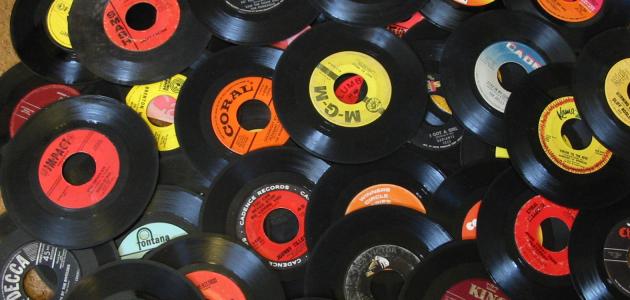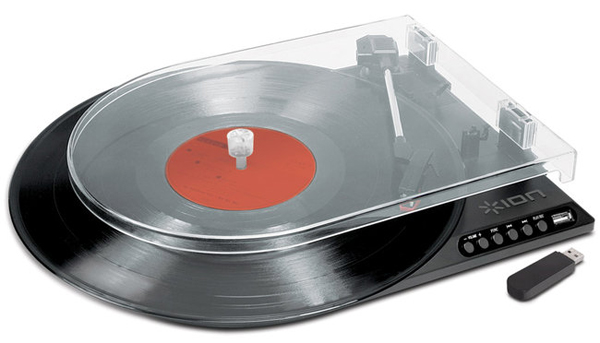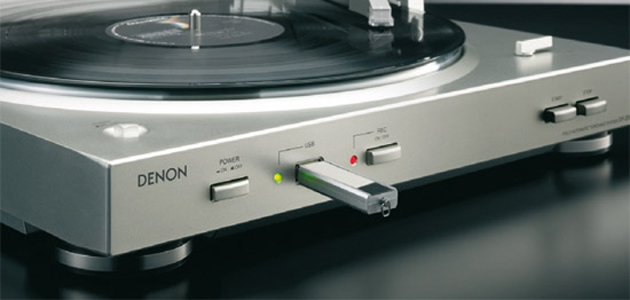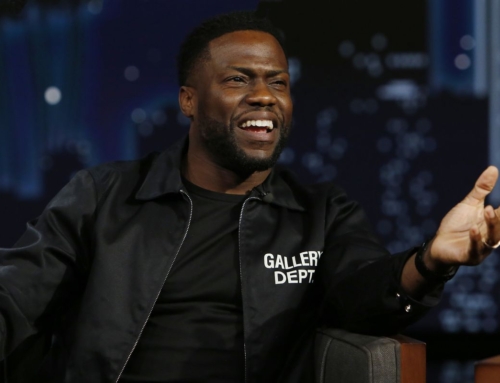Steve Reich and other pioneers might have used tape to manipulate and blend sound sources, but the traditional medium – the defining symbol, really – of the DJ has always been the LP. For most of the five decades since broken funk beats started shuffling out of the Bronx, the medium of choice has gone entirely unchanged. Even the turntable hit its stride when Technics magicked up the 1200s, and the tools of the trade were more or less set. Mixers came and went, but the medium and the gear we played it on was a done deal. Sorted.

Of course, the story of the DJ’s arsenal is so inextricably entwined with the story of the hardware that the two can’t simply be separated. True, the cassette was doomed as a viable option for DJs from the start, but since the birth of the CD, the evolution of the setup has been gaining – and gaining – momentum. And since we entered the age of the MP3, DJ gear has slipped onto the same leapfrogging technological superhighway that has picked up and transformed just about every lifestyle workflow whose permanence it had been only too easy to take for granted.
So vinyl was king for forty-odd years, and despite the glut of hypercapable, networkable, updateable, MIDI enabled CDJs on the market today, it’s looking like the CD has already passed its prime as the medium of choice, too: data is even more malleable, even more portable. The nostalgia for the hands-on, analogue fatness of vinyl is lost on the budding superstars too young to have known it, much less consider it a worthwhile trade-off for showing up to a gig with nothing more than a pocketful of USB drives and a pair of headphones. No more expensive needles, no more dangerously heavy crates of vinyl, no more library storage and maintenance costs.

Audio data provides more versatility (and more scope for versatility to come), is so portable it’s virtually possible to teleport, and it allows for the automation of the (mechanical, if not the artistic) processes that were once the entirety of the DJ’s skill set. More importantly, it’s changing the way we think about and manipulate sound. If we don’t need to concentrate on beat-matching anymore, if we can plant strategic hotcues through our songs, if we can work with loops and stems (and so transcend the concept of the song altogether; a powerfully significant shift in our musical consciousness) then we’re free to play – and I do mean play – with music in ways that would have made Herc’s head spin.
In fact, while CDJs and USB controllers have tended to be judged, at least in part, on how much their platters feel and behave like those of the Technics, the controllers of tomorrow are beginning to take shape completely lacking the wheels that have been so iconic for so long. The technology under the DJ’s hood is dynamic again, alive, a boiling pot of creative new ideas about what sound is and what it means to stick your fingers into it and knead it into something else.

So what’s next? With more true believers than ever and a blossoming DIY culture, there’s a sense that we’re just waiting for an eccentric visionary DJ-cum-inventor, a next-gen Ray Kurzweil to appear, and lead us all the into the halcyon EDM richness of tomorrow.





